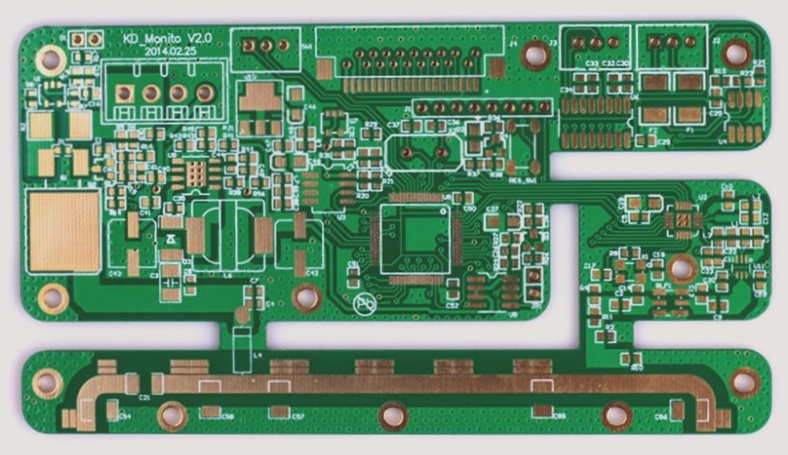Photopolymerization Process in PCB Manufacturing
The process of creating PCBs involves the use of liquid photoresist that undergoes a cross-linking polymerization reaction when exposed to UV light in the range of 300-400 nm. This reaction results in the hardening of the exposed part, forming a film that remains unaffected by the developer. High-brightness, medium-pressure mercury lamps or metal halide mercury lamps are commonly used for exposure, with a 6000W lamp tube and an exposure amount of 100-300mj/cm2.
The exposure parameters are determined using a 21-level optical density table (Stouffer21), typically ranging from 6 to 8 levels. It is important to note that the liquid photoresist does not require parallel light for exposure but benefits from the use of a high-efficiency exposure machine (Drawer) due to its slower photosensitive speed compared to dry film.
Factors Affecting Exposure Time
- The distance of the light source affects the exposure time.
- The thickness of the liquid photoresist impacts the exposure time.
- Air humidity levels influence the exposure time.
- Pre-baking temperature plays a role in determining the exposure time.
Optimal exposure parameters are crucial to avoid issues such as astigmatic refraction from overexposure or defects like pinholes and reduced corrosion resistance from underexposure. The quality of the negative film used directly impacts the exposure quality, requiring clear graphics with high black and white contrast.
Precautions during the exposure process operation include vacuumizing the drying box, ensuring proper pre-baking, immediate removal of PCB boards post-exposure, and maintaining a dust-free yellow light operating room with appropriate cleanliness levels and air-conditioning facilities.
It is essential to follow these precautions and considerations to achieve high-quality PCBs during the exposure process.


